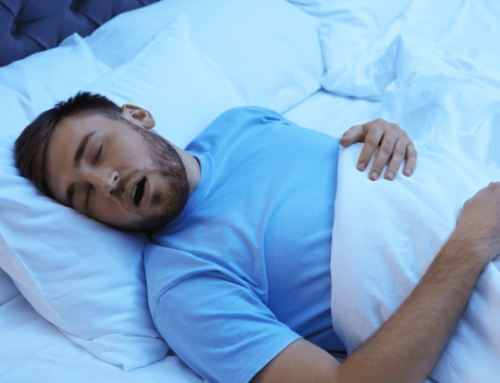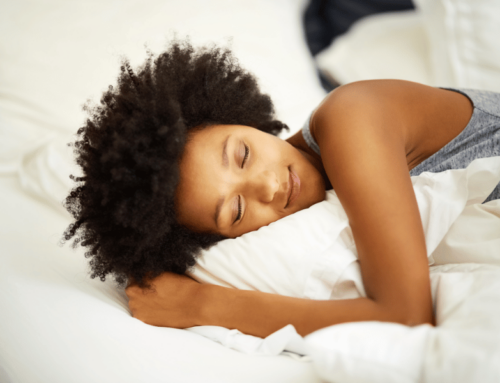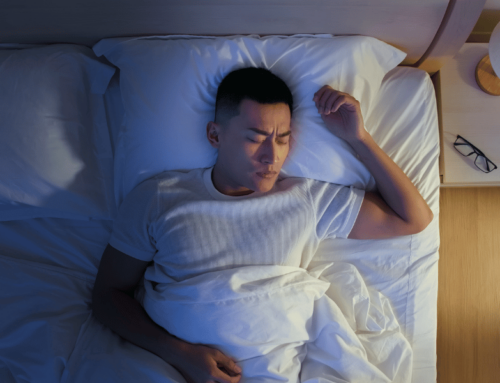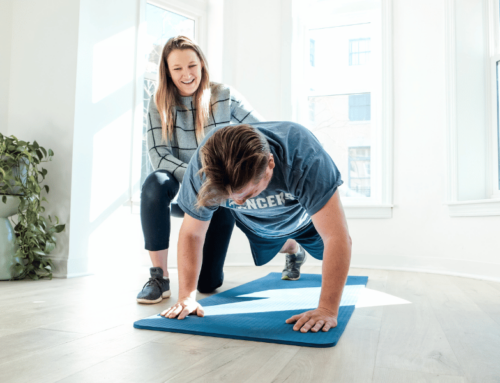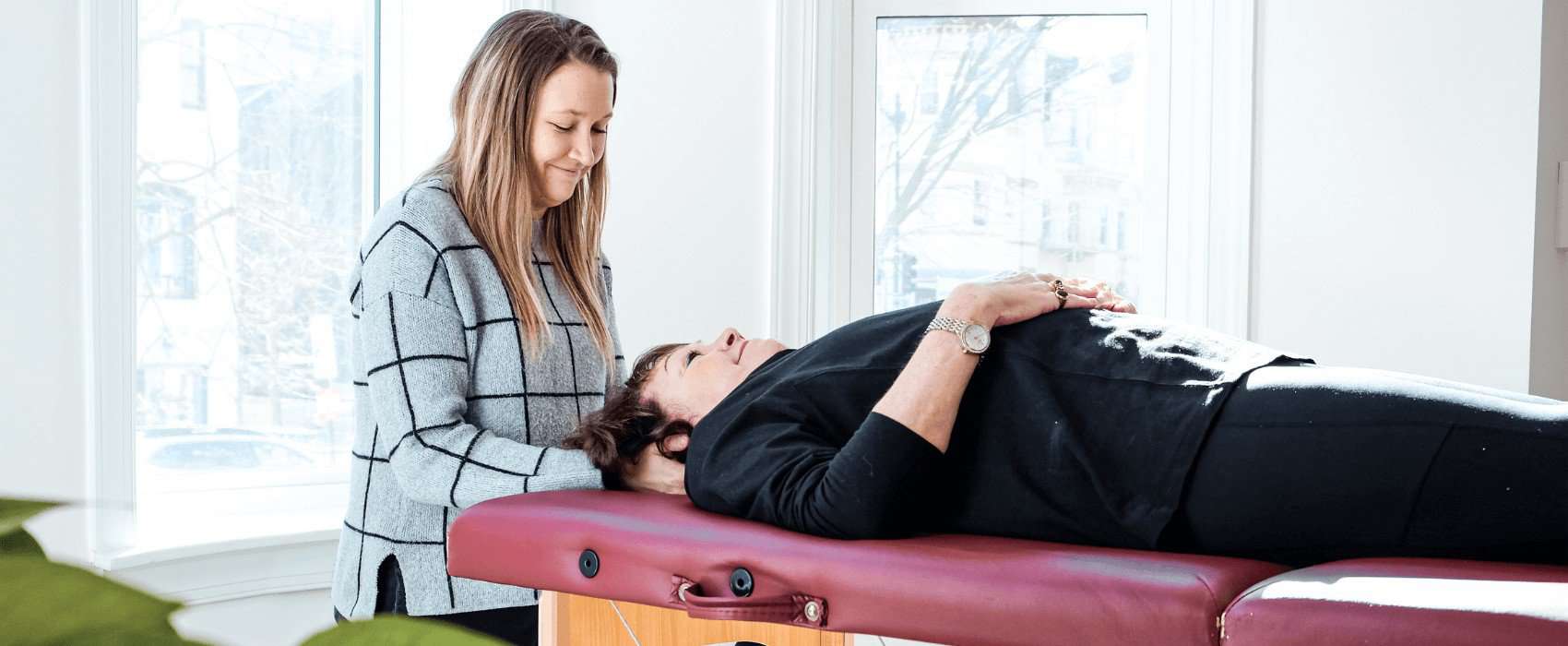
How Can Physical Therapy Help Migraines?
According to the American Migraine Foundation, it is estimated that 40 million Americans experience migraines and up to 50% are undiagnosed. Migraines can last for hours to days, and the pain can sometimes be severe enough to interfere with your daily activities.
At MovementX, our team of specialized physical therapists frequently help people who experience migraines manage their symptoms, recognize triggers, and get back to an enjoyable life.
Research shows that the best treatment for migraines is a multimodal effort, consisting of care from not only a physical therapist, but also a primary care provider, neurologist, mental health professional, sleep doctor, or pain specialist. While physical therapy alone cannot cure a migraine, consistent care can help with the decline in physical ability, reduce musculoskeletal pain, and improve mental health.
What is a Migraine and What Causes Migraines?
A migraine is an abnormal neurological disease process with symptoms including head pain, vestibular disturbances, visual disturbances, sensory sensitivity, and a variety of other symptoms. There are many types of triggers for a migraine attack, including poor sleep hygiene, stress, certain medications or foods, physical health factors, strong sensory stimuli, hormonal changes, and alcohol or caffeine consumption.
How Can Working With a Physical Therapist Help?
A thorough evaluation with a specialized physical therapist is often the best way to determine which symptoms are coming from the migraine attack and which are musculoskeletal in nature. Since the pathophysiology and symptoms associated with migraines are very complex, your physical therapist will also ensure your headache is not a life-threatening emergency from other pathologic causes. Based on the findings from your evaluation, you can then work with your physical therapist to develop a personalized care plan to address treatable symptoms, which may consist of…
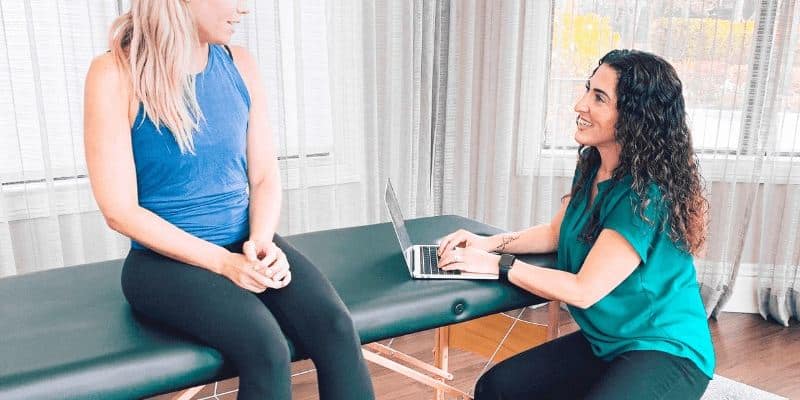
- Stretching and mobilization of hypertonic muscles in your head and neck
- Posture analysis and cueing to correct faulty posture
- Deep neck flexor muscle strengthening to improve posture
- Manual joint mobilization and manipulation to increase spine mobility
- Gentle nerve gliding or flossing exercises to promote nerve extensibility
- Temporomandibular joint (TMJ) mobilization
- A personalized ergonomic assessment of your desk or workstation
- Vestibular rehabilitation therapy to address balance issues or dizziness
- Mindfulness-based stress reduction techniques
- Cardiovascular fitness programming and weight management training
- Pain neuroscience education to promote learning and independence
At MovementX, we believe that finding convenient, personalized, and professional physical therapy care to help with migraines shouldn’t be a headache in of itself. That’s why we made it possible to sign up now and schedule an in home physical therapy appointment whenever you may need it. You may also choose to schedule a virtual physical therapy session through Zoom, Google Meet, or FaceTime, which can be just as effective as an in-person session. Working with a physical therapist can make all the difference and finally get you back to an enjoyable, healthy, and active life.
What Exercises Can I Also Do At Home?
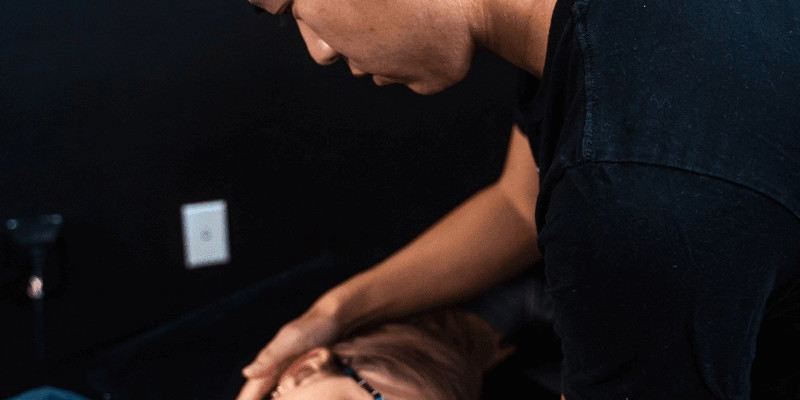
There are many exercises that anyone can start at home that can be immediately helpful for migraines.
We recommend starting with diaphragmatic breathing. First, place one hand flat on your ribcage and the other hand flat on your stomach. With each inhale, try to only cause your hand on your stomach to rise by intentionally breathing in through your stomach and diaphragm. The hand on your chest should ideally remain still. Breathe in for 4 seconds through your nose, hold it for 7 seconds, and exhale audibly for 8 seconds through your mouth. This type of breathing can promote relaxation through the body.
Additionally, you can try these stretches to reduce tension in your levator scapulae, upper trapezius, and pectoral muscles. We also recommend lengthened periods of moderate physical activity like taking a 20-30 minute walk 3-5 times a week, which has shown to improve spine health, gut health, and mental health. Lastly, movement practices like yoga, pilates, or tai-chi are great ways to increase mindfulness and body awareness.
It is best to consult a physical therapist before starting a new exercise program or movement practice, especially if it has been longer than 6 months since consistent weekly exercise.
About the Author
Dr. Peter Nguyen is a physical therapist, fitness instructor, and health consultant with MovementX in Orange County, CA. He specializes in the treatment of headaches and migraines, rehabilitation after a stroke, and the management of chronic pain. Peter Nguyen also enjoys helping older adults stay strong and healthy. He also serves as a health equity advocate ensuring quality care is delivered to underserved populations in the community.



